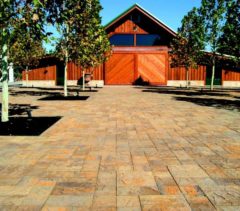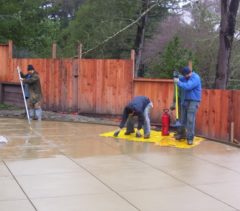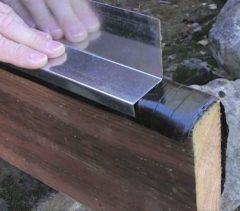
A Critical Aspect of Paver Installation
RODEO — With the high amount of soil movement and seismic activity that occurs in California, it’s crucial for paver features like driveways and patios to have a solid base. Proper base preparation consists of several steps, including excavation, laying down geotextile fabric and base rock compaction. Let’s look at these steps in more detail:
Excavation
The surface beneath an incoming paver installation must be excavated to make room for the base rock. The recommended excavation depth can vary depending on the type of paver feature. For a backyard patio, 7 to 8 inches will suffice, whereas the recommended depth for a driveway is 9 to 10 inches. Since a driveway has more weight to support than a patio, additional base rock is needed to ensure stability.
Geotextile fabric
This permeable material is laid down following excavation. By acting as a barrier between the soil and the base rock, geotextile fabric increases a paver installation’s overall stability. While it’s technically only required for driveways, laying down geotextile fabric is a smart step for any paver feature.
Base rock compaction
After the geotextile fabric is in place, the excavated area is filled in with base rock (typically recycled concrete). The base rock is then compacted using heavy machinery. To ensure thorough compaction, the base rock is usually compacted in two layers.
Due to the importance of these steps, it’s wise to verify that your contractor is following proper procedure when preparing your paver feature’s base. Less scrupulous contractors may attempt to cut corners by excavating to a lesser depth or compacting the base rock altogether instead of in layers. In addition to asking your contractor about their procedure, you can double-check the work yourself—for example, you can use a tape measure to verify correct excavation depth. This will help you ensure your paver feature is built to last.


























